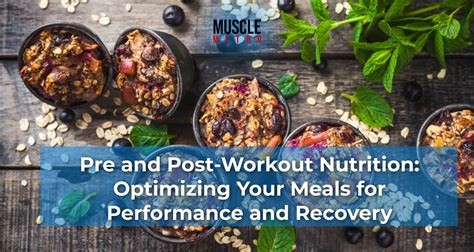Fuel your peak: What’s the ideal macro split for sustained energy & focus?

Understanding Macronutrients: The Building Blocks of Your Energy
In the quest for sustained energy and laser-sharp focus, our diet plays the most pivotal role. Specifically, the balance of macronutrients – carbohydrates, proteins, and fats – dictates how efficiently our bodies produce and utilize energy, as well as influencing our cognitive performance. But with so much conflicting advice, what’s the ideal macro split to truly fuel your peak?

Carbohydrates: Fuel for Body and Brain
Often demonized, carbohydrates are the body’s primary and most readily available source of energy. They break down into glucose, which fuels everything from muscle contraction to brain function. For sustained energy and focus, the type and timing of your carbohydrate intake are crucial.
- Complex Carbohydrates: Found in whole grains, vegetables, and legumes, these are digested slowly, providing a steady release of glucose into the bloodstream. This prevents energy spikes and crashes, maintaining stable energy levels and mental clarity.
- Simple Carbohydrates: Sugars found in fruits, dairy, and processed foods. While beneficial for quick energy (e.g., during intense exercise), excessive intake can lead to rapid blood sugar fluctuations, resulting in fatigue and poor concentration.
Protein: Stability and Satiety
Protein is more than just muscle fuel; it’s vital for hormone production, immune function, and stabilizing blood sugar. A sufficient protein intake helps slow down the digestion of carbohydrates, further smoothing out glucose release. This contributes significantly to sustained energy and prevents the dreaded post-meal slump. Moreover, protein is highly satiating, helping to manage appetite and prevent energy dips caused by hunger.

Fats: Essential for Brain Health and Long-Lasting Energy
Healthy fats are critical for overall health, especially for brain function and hormone production. They provide a concentrated source of energy, offering a slower, more sustained release compared to carbohydrates. Essential fatty acids, particularly Omega-3s found in fatty fish, flaxseeds, and walnuts, are crucial for cognitive function, memory, and mood stability.
- Monounsaturated and Polyunsaturated Fats: Found in avocados, nuts, seeds, olive oil, and fatty fish. These support cellular health and provide long-term energy.
- Saturated Fats: While not all saturated fats are bad, moderation is key. Sources include meat, dairy, and coconut oil.

Finding Your Ideal Macro Split: It’s Personal
There’s no universal “ideal” macro split, as it depends heavily on individual factors such as:
- Activity Level: Highly active individuals (athletes, intense exercisers) typically require more carbohydrates for fuel.
- Fitness Goals: Whether you’re aiming for weight loss, muscle gain, or maintenance will influence your protein and carbohydrate needs.
- Metabolism and Body Type: Some individuals thrive on higher fat diets, while others feel better with more carbohydrates.
- Health Conditions: Certain conditions (e.g., diabetes, insulin resistance) may necessitate specific macro adjustments.

General Starting Points and Practical Tips
While individualized, a common starting point for a balanced diet focusing on sustained energy and focus might look something like: 40-50% Carbohydrates, 20-30% Protein, and 20-30% Fats.
However, many people thrive on variations, such as:
- Endurance Athletes: May go higher on carbs (50-60%) to fuel long training sessions.
- Weight Management/Muscle Building: Often benefit from higher protein (25-35%) to support satiety and muscle repair.
- Low-Carb Approaches: Some find sustained energy with lower carbs (20-30%), increasing healthy fats (40-50%) and moderate protein (25-35%).
Practical Tips for Optimizing Your Macros:
- Prioritize Whole Foods: Focus on nutrient-dense, unprocessed sources for all macros.
- Spread Intake: Distribute your macro intake evenly throughout the day to maintain stable energy levels.
- Hydrate: Water is essential for all metabolic processes, including energy production.
- Listen to Your Body: Pay attention to how different macro ratios affect your energy, focus, mood, and satiety. Keep a food journal to track and adjust.

Conclusion: Experiment, Adapt, and Thrive
The “ideal” macro split for sustained energy and focus is not a fixed formula but a dynamic balance unique to you. Start with a balanced approach, then experiment by making small adjustments to your carb, protein, and fat ratios. Monitor your energy levels, cognitive performance, and overall well-being. By understanding the role each macronutrient plays and tuning into your body’s signals, you can unlock your peak potential and enjoy sustained vitality and mental clarity every day.








